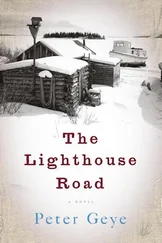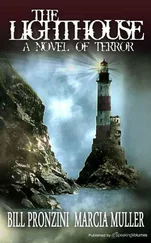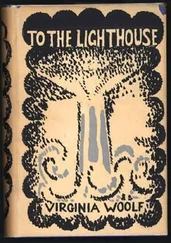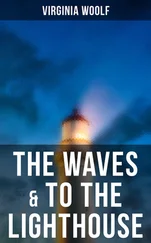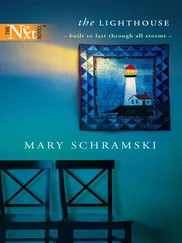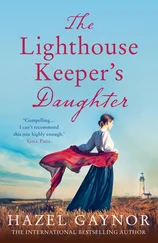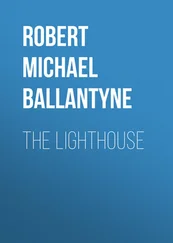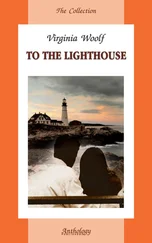Thomas’s main business at the time was in lamp-making and in designing street lighting for the New Town. The lamps at the time used oil, which silted up quickly with grime and gave out only a weak and smoggy light. Thomas, experimenting with methods of improving the standard design, began devising a system of reflectors placed behind the light to strengthen and focus the beam. The idea, he knew, had been used successfully elsewhere in Europe but had not yet been introduced to Scotland. At first, he made the reflectors out of concave circles of copper, the size and shape of scooped-out melons and polished to a high sheen. Later, he varied the design, welding small slivers of mirror to the back of a concave lead circle. Seen now, his reflectors look like an inside-out antique mirrored ball, but in 1780s Edinburgh, they were revolutionary. All light sources were measured in units of candela (or candlepower), one medium-sized tallow candle producing roughly two units of power. Thomas’s designs quadrupled the strength of the light and produced something closer to a concentrated beam than a lamp on its own could ever achieve.
Thomas fitted several of his parabolic reflector lights around the New Town and then, mindful of the need for more business, contacted the Trustees for Manufactures in Scotland. His reflectors, it seemed, had practical applications beyond mere street lighting; would they, enquired Thomas, be useful for lighthouses? As Thomas explained it to them,
Lamps being Inclosed are preserved from the Violence of the wind and weather but Coal lights cannot bereflector of proper power transcends it ixceedingly and is seen at a inclosed…Lamp light of itself has a more pure and bright flame than Coal light and when Conjoined with a reflector of proper power transcends it exceedingly and is seen at a much greater distance…Lamps take less attendance…Lamp lights with reflectors can be distinguished from every Other light in Such a manner as to make it Impossible to mistake them for a light on shore or on board any Other Ship…Coal lights are not capable of this Improvement.
He had, he declared, already prepared a sample reflector and was happy to demonstrate it to ‘any gentleman concerned’. The Trustees inspected his work, and agreed that Thomas’s designs would indeed be useful. Beguiled by his enthusiasm, they sent him south to gain experience from an English lighthouse builder. Once returned, he was made first engineer to the Northern Lighthouse Trust.
The title might have been imposing; the organisation itself was not. The Trust (now the Northern Lighthouse Board, or NLB) had been established after complaints about the state of the Scottish coast had reached boiling point. Several evil-tempered storms during the winter of 1782 had crippled both the naval and the merchant fleets, both of whom urgently petitioned Parliament to remedy the existing situation. Parliament set up a committee which recommended the construction of at least four lighthouses, scattered at vital points around the Scottish coast. In 1786, the bill was passed and the NLB was born. The Act for Erecting Certain Lighthouses in the Northern Parts of Great Britain provided for a management committee and a few officials to collect revenue, stipulated the sites of each light and then left the Board to its own devices. With its leaden cargo of sheriffs, judges and public goodbodies, the committee had only the most feeble knowledge of the sea and none at all about lighthouse construction. The Lighthouse Commissioners, as they were known, had been selected with the intention of providing political and financial canniness to the Board; as public officials, they were accustomed to question the cost of everything and trust the value of nothing. Their appointment was also partly political. Since the lighthouses would be built within the sheriffs’ fiefdoms, it was easier to give each one a place on the Board than to woo them anew every time a light was to be built on their land.
From the beginning, therefore, there was a strict division of roles. The Commissioners figured and the Engineer built. The Commissioners respected the experience and integrity of the Engineer; the Engineer lived within the Commissioner’s restrictions. ‘I beg leave to acquaint you that I am willing to do every thing in my power to bring to perfection the plan proposed,’ wrote Thomas in September, ‘and to superintend the erection of the lights, teach the people how to manage them and to do every thing necessary to put and keep them in a proper state…It is impossible at present to form any judgement of the trouble attending this business as I hope it will turn out a benefit to the Country.’ His first job, they announced, would be to construct four new lights: one at Kinnaird Head just beyond Fraserburgh, one at Mull of Kintyre overlooking the Firth of Clyde, one at Eilean Glas off the edge of Harris, and one on North Ronaldsay, a small island above the Orkney mainland. He could build them, staff them and light them in any way that he wished, they promised, as long as it wasn’t too expensive. The Commissioners, meanwhile, stayed in Edinburgh, counting the costs and squabbling politely with London.
Thomas could have been forgiven for wondering what exactly he had got himself into. For a start, he had no architectural experience, let alone the kind of experience necessary to build a sea-tower exposed to the hardest conditions wind and wave could hurl at it. Lighthouse construction was, to say the least, a specialist subject in the 1780s, although the idea of a lighted tower for mariners’ guidance had existed in some form or another since the Pharos of Alexandria was built by the Egyptians in 300 BC. The Pharos was an immense and ornate tower 450 feet high, topped with an open fire, and considered so splendid that it was usually listed as one of the Seven Wonders of the World. Later attempts were less glamorous. Since there was no state control of lighthouses in Britain until well into the eighteenth century, their design was left to the individuals who built them. Far from being the trim marine spires of popular image, the English lights developed endless exotic variants. Most were coastal towers with large braziers of coal fixed to their roof. Some were church steeples loosely adapted for the purpose. Disused castles and priories were occasionally put to use, and in Ireland, there were several lights built in stone-vaulted cottages. Even those built specifically as lighthouses did not follow any definite pattern. Some looked like stumpy medieval rockets, some like upright coffins, others not much different from the average cow byre. One or two followed the design of fortified keeps, sturdy enough for the hardest gale. Others were no more than an iron basket filled with coal and suspended on a pulley. A number of owners built their lights in wood. Unsurprisingly, not many examples of these survive.
Until the 1780s, the only permanent light in Scotland was on the Isle of May which had been alternately saving and exasperating mariners for a century or more. The lighthouse had been built in 1636 on a small, low-lying islet at the entrance to the Firth of Forth. The mouth of the river was filled with snags for unwary shipping; rocks, sandbanks and awkward reefs on the surface and a graveyard of dead ships underneath. The islet was the first and the largest of these rocks and had gained a vicious reputation for shipwreck and destruction. In 1635, the Scottish Privy Council had given the task of constructing a light to three of Charles I’s favoured Scottish courtiers, who designed it, built it and maintained it at their own expense and then charged local shipping for its use.
Even by the make-do standards of the age, conditions for the lone keeper were unusually grim. The isle, a mile long by a third of a mile wide, was barren except for a little pasturage and a low, squat tower like a medieval keep with a brazier on the roof. The owners hired a local man, George Anderson, to tend and supervise the fire, and arranged for a boatman to appear every few days to drop a new delivery of coal into the shallow waters by the island’s rocky shore. Anderson would pick the coal out of the waters, haul it along to the tower on his back and winch it up in a bucket to the roof. For this, he was given a salary of £7 a year, 30 bushels of meal for his family and all the fishing rights he could want. Since he therefore spent most of his time away from the island looking for fish, the fire stayed untended and usually went out at the crucial moment. It was several years before someone took pity on the poor man and offered him the assistance of a second keeper and a horse.
Читать дальше

